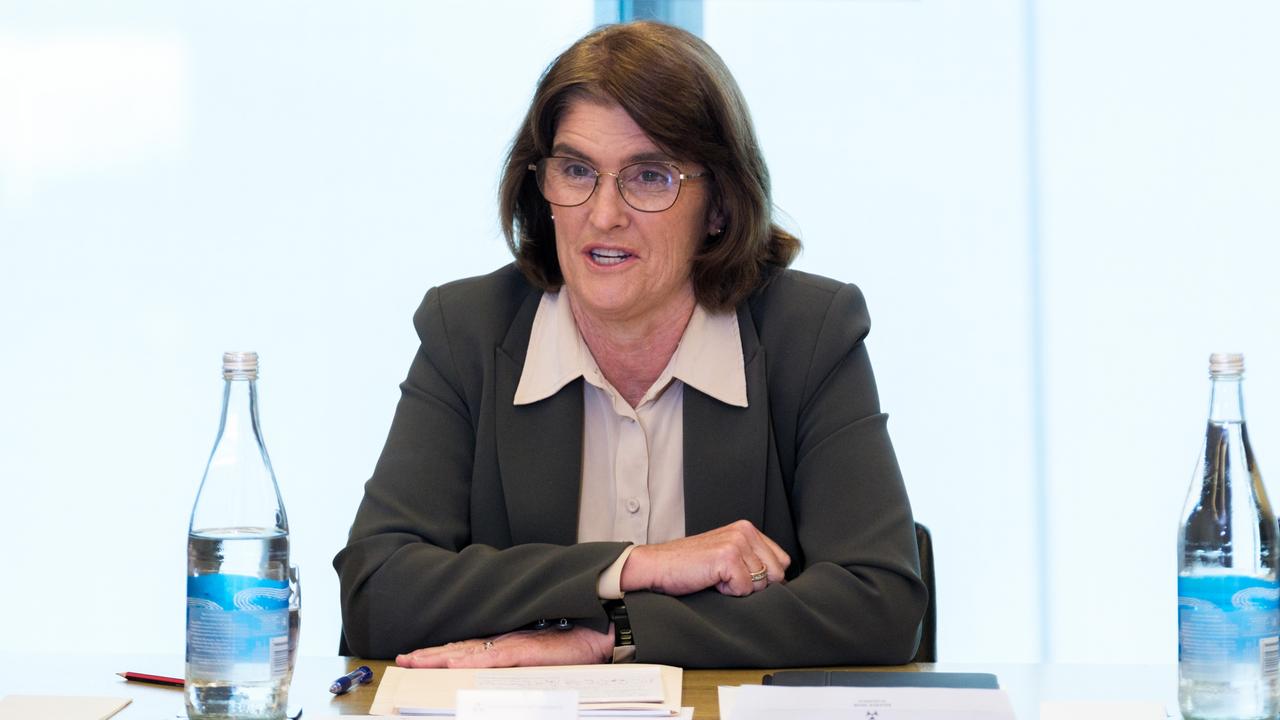Higher rates may be needed to discourage shopaholic Aussies
Positivity over jobs and consumer demand is motivating businesses to keep raising their prices – and that might require some tough love from the RBA.

The Reserve Bank may need to lift interest rates to restrictive territory as a “virtuous circle” of high employment, job confidence and consumer demand motivates businesses to keep raising prices.
Westpac’s consumer sentiment index remained extremely low despite a slight rise in September, but consumers were “remarkably upbeat” about job prospects, despite the fastest-ever rate rises.
At the same time, business confidence and conditions rose to well above average levels in August and expected selling prices pointed to “very high inflation”, according to NAB.
The dollar and sharemarket hit multi-week highs on Tuesday amid hopes that US CPI data overnight would show that inflation pressures were easing, allowing slower rate increases.
But NAB’s analysis of pricing expectations in its business survey found that Australia’s underlying inflation for the September quarter may hit 2 per cent on-quarter. If realised, it could see trimmed mean inflation hit 6.1 per cent on-year, well above the RBA’s 2-3 per cent target.
Labour cost growth in the survey was consistent with the compensation of employees rising by a “whopping 3.8 per cent” on-quarter, according to NAB head of market economics Tapas Strickland.

“Looking forward, the survey provides some tentative evidence that the peak in inflation may be near, but overall price pressures remain very elevated,” he said.
“Purchase cost growth in construction and manufacturing has now eased for two consecutive months, along with a sharper fall seen in the mining industry, the latter likely oil.”
The easing in purchase cost growth in construction and manufacturing accorded with anecdotes from NAB clients about imported steel and timber costs falling, while freight rates globally have fallen sharply and on some indexes are down almost 50 per cent on-year.
Brent crude oil has fallen 32 per cent from a record high of $US139.13 a barrel in March.
But outside these global influences, Australia’s labour market “remains tight” and the RBA is likely to continue to lift rates into mildly restrictive territory, according to NAB.
“Strong survey data if replicated in activity data may also suggest it is too early for the RBA to step down the pace of rate hikes,” NAB’s Strickland said.
Market pricing of the peak cash rate has eased to 3.62 per cent, from about 3.9 per cent two weeks ago. Sentiment was helped by RBA governor Philip Lowe’s post-meeting statement, which omitted a recent line that the latest increase was a step in the “normalisation” of policy, and his speech that said “the case for a slower pace of increase in interest rates becomes stronger as the level of the cash rate rises”.
“While consumers aren’t overly cheery at present, they continue to spend – and plan to spend further in the short term,” said CommSec chief economist Craig James. “But the rate hikes will eventually catch up, slowing growth in spending.”

He said businesses had above-average confidence and their operating conditions were way better than normal because they were passing on higher costs to consumers. Despite the higher prices, consumers were still spending, boosting business revenues and profits, and consumers were spending because they had jobs and incomes were rising.
“It’s somewhat of a virtuous circle,” Mr James said. “The last thing anyone would want to see at this stage is people losing their jobs, as the virtuous times could start to unravel.”
ANZ senior economist Catherine Birch said the business survey showed “businesses are continuing to pass on cost increases to consumers, in earnest”.
In his post-meeting statement last week, Dr Lowe said the RBA board would “continue to pay close attention to both the evolution of labour costs and the price setting behaviour of firms”.
ANZ’s Birch said the business survey “highlights the continued strength in these inflation indicators and supports our view that the RBA will take the cash rate into restrictive territory this year”.
“Demand is showing few signs of easing, and leading indicators are very positive,” she added.
Westpac chief economist Bill Evans noted that, despite a slight rise in consumer confidence, it had only been at such low levels during “major economic disturbances” such as Covid-19 pandemic and Global Financial Crisis.
The main point of difference between current weak reads and the extreme sentiment lows seen during historical recessions looked to be around labour markets, Evans noted.
“Despite intense pessimism more generally, consumers are still remarkably upbeat about labour market prospects,” he said, noting that consumers expected unemployment to fall over the next 12 months, according to the latest Westpac-Melbourne Institute survey.
He said the RBA’s September interest rate rise appeared less unnerving for consumers, potentially due to expectations that, having raised the cash rate to a more “normal” level, the RBA may be more cautious with further tightening, and start to move in smaller monthly steps.
But overall consumer confidence was only likely to see sustained gains once there was convincing evidence that the inflation threat was easing and the relentless rise in interest rates was nearing an end.
.



